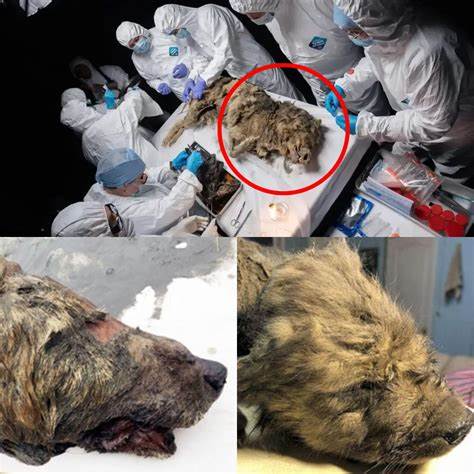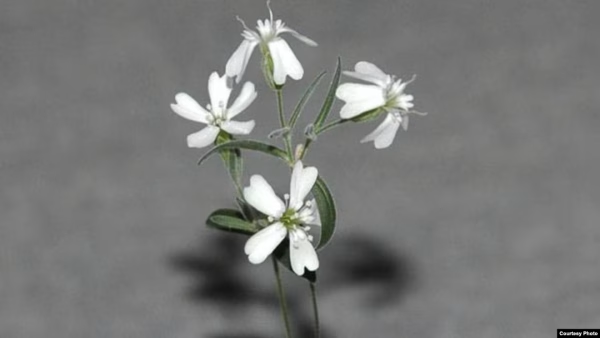Colossal Biosciences, a biotech firm based in Austin, Texas, has revealed the birth of three dire wolf pups, which according to the National Park Service, were last known to roam the earth about 10,000 to 12,000 years ago, long before recorded history. They were able to reconstruct the ancient DNA sequences from fossilized remains utilizing the CRISPR gene-editing technology. The DNA sequences were integrated into the embryos of modern wolves, resulting in hybrids that exhibit the physical and genetic traits of their long-extinct ancestors.
Similarly, a 44,000 year-old mummified wolf that was preserved with fur, teeth, and even stomach contents was discovered in the melting permafrost of Yakutia in northeastern Russia. This specimen was discovered in 2021, and it has provided invaluable data on the diet, health, and environment Pleistocene predators lived in during prehistoric times.

(via BoreCure)
In addition to animal remains, scientists have successfully regenerated a flowering plant, Silene stenophylla, from 32,000-year-old seeds found in Siberian permafrost. This feat demonstrates the viability of ancient genetic material and its potential applications in biodiversity and conservation efforts.

(via The New York Times)
While the thawing of Siberian permafrost has yielded incredible scientific finds, including mummified animals and ancient plants, it is ultimately a troubling sign of accelerating climate change. Permafrost—frozen soil that has remained solid for tens of thousands of years—is melting at an alarming rate due to rising global temperatures. This process releases vast amounts of greenhouse gases, like methane and carbon dioxide, into the atmosphere, potentially speeding up global warming in a dangerous feedback loop.
However, amidst this ecological crisis, the melting ground has inadvertently opened a window into Earth’s distant past. Frozen carcasses of Ice Age creatures—woolly mammoths, cave lions, and now dire wolves—have been uncovered in astonishing condition, offering rare genetic material and insights into extinct ecosystems. These discoveries, while remarkable, come with a sobering reminder: the very conditions that make this research possible are also reshaping our planet in irreversible ways.
The convergence of cutting-edge biotechnology and ancient discoveries from the Siberian permafrost paints a vivid picture of a future where the boundaries of extinction may be redefined. As scientists continue to unlock the secrets of the past, the potential to revive and learn from ancient species offers both exciting opportunities and profound responsibilities.






